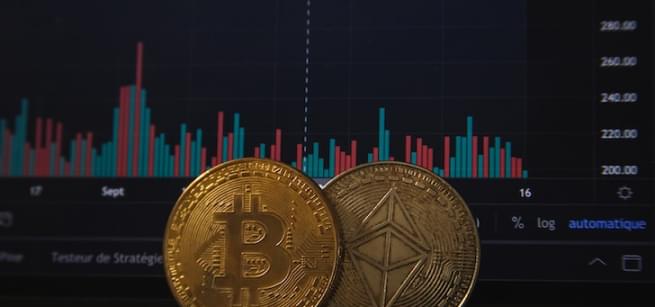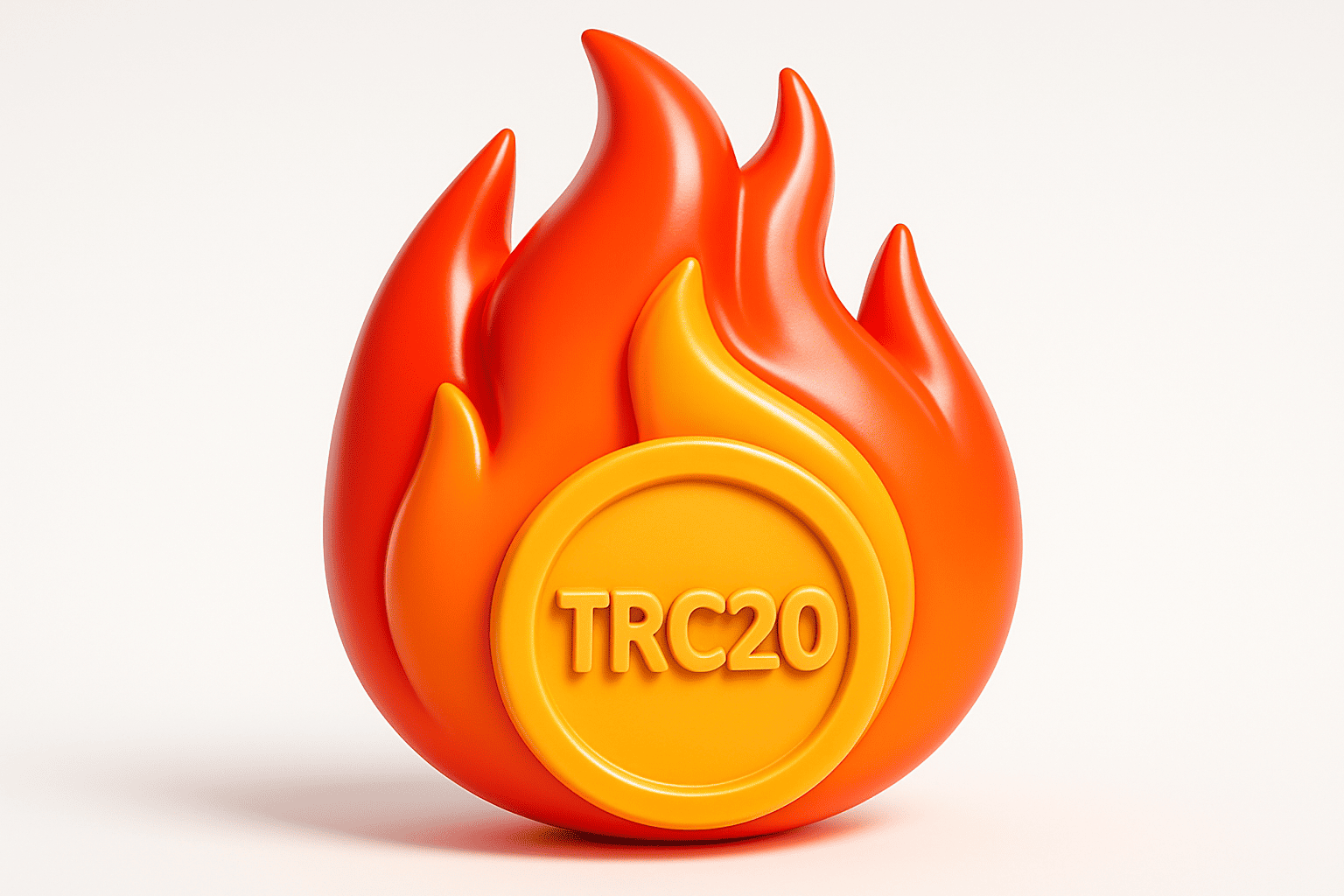Osmosis
Download app Ironwallet and get tool for making transaction without network fee
About Osmosis
Osmosis is an early-stage decentralized exchange (DEX) built using the Cosmos SDK framework. It has been operational since early 2021 and has quickly grown to become one of the largest DEXs by total value locked.
Osmosis aims to provide a high-speed AMM-based DEX optimized for trading tokens in the Cosmos ecosystem. It specifically targets assets from Cosmos IBC-connected chains. The goal is to build liquidity and drive adoption for the Cosmos interblockchain communication model.
Osmosis utilizes the OSMO token to provide governance, security, and incentives on the platform. OSMO token holders can stake their assets to act as validators and secure the network. They also have voting rights over platform decisions and parameters.
History of Osmosis
Osmosis (OSMO) emerged as a groundbreaking project within the Cosmos ecosystem, aiming to redefine the decentralized finance (DeFi) landscape through enhanced interoperability and liquidity provision. Launched in June 2021, Osmosis is designed as an Automated Market Maker (AMM) that leverages the Inter-Blockchain Communication (IBC) protocol of the Cosmos network. This allows it to facilitate seamless asset swaps and liquidity pooling across different blockchain ecosystems, thus addressing the challenges of liquidity fragmentation and the siloed nature of existing DeFi platforms.
The project’s inception was driven by the vision of creating a more interconnected and user-empowered DeFi space. By introducing innovative features like Superfluid Staking and customizable liquidity pools, Osmosis offered users unprecedented control over their investment strategies and participation in the platform’s governance. These features, along with a focus on community-driven development and a transparent governance model, quickly positioned Osmosis as a pivotal player in the Cosmos DeFi ecosystem, fostering a vibrant community of users, developers, and enthusiasts committed to the platform’s growth and success.
How Osmosis Works
Osmosis utilizes an automated market maker (AMM) model with algorithms optimized for trading tokenized assets. The AMM works similarly to platforms like Uniswap or Curve – relying on external liquidity providers to seed capital into pools in order to facilitate swaps.
Role of ValidatorsNetwork security and consensus on Osmosis is achieved via a set of up to 130 active validators. Validators run nodes which accept transactions, batch them into blocks, and confirm block hashes using a Tendermint-based BFT consensus.
Validators on Osmosis must stake a minimum number of OSMO tokens as collateral in order to participate. They earn a percentage of fees on all swaps proportional to their stake. Slashing penalties apply if validators misbehave – preventing attacks.
Security through Proof-of-StakeOsmosis leverages a Proof-of-Stake security model. This allows the network to achieve consensus in a decentralized manner without needing to consume large amounts of electricity like Bitcoin.
Instead of mining, validator nodes take turns proposing blocks according to their relative stake in OSMO tokens. Validators can be permissionlessly added by staking tokens to align their economic interests with that of the network.
Attacks are disincentivized economically given the large amounts of collateral validators place in the network. Additionally, misbehaving nodes will get automatically slashed. This blend of incentives and penalties keeps Osmosis secure.
Use Cases and Adoption
Decentralized ApplicationsOne of the main use cases emphasized by Osmosis is to act as decentralized infrastructure for applications in the Cosmos ecosystem. Teams building DeFi apps, NFT marketplaces, games, and more can leverage Osmosis for liquidity and cross-chain transactions.
For example, the Emeris mobile wallet for Cosmos chains utilizes Osmosis on the backend to offer in-app swaps between assets across different IBC-connected blockchains.
Other applications like the Terra-based Anchor protocol have plugged into Osmosis to boost staking yields by letting users lock UST stablecoins in return for OSMO rewards.
TokenizationA second key use case is utilizing Osmosis as the preferred platform for creating tokens and driving adoption in the Cosmos ecosystem. Teams launch new assets as IBC tokens which can tap into Osmosis liquidity pools to bootstrap a market.
Having this DEX infrastructure available from day one removes significant friction for blockchain projects trying to distribute governance & utility tokens. It also gives investors an easy way to purchase newly issued tokens using stablecoins like UST.
The OSMO Token
The native utility token of the Osmosis platform is called OSMO. It serves multiple purposes including platform governance, validator staking, and liquidity mining incentives.
Token DistributionThe total supply of OSMO is 1 billion tokens. The initial distribution was done via airdrops rewarding Cosmos Atom holders and IBC relayers who facilitated transfers between Cosmos-based chains.
Additional OSMO is continually distributed as block rewards and liquidity mining incentives. Validators earn fees from swap transactions proportional to their stake.
Most OSMO is either staked by validators, bonded by delegators, or locked in pools to earn yield. This helps maintain a healthy circulating supply available for trading.
Future Roadmap and Development Goals
The core Osmosis development team has emphasized a few areas of focus for the platform’s evolution over the next couple years:
First is supporting advanced AMM functionality like multi-hop trades across 3+ tokens and concentrated liquidity schemes for better swap pricing. This will improve trading UX particularly across less liquid token pairs.
Second is enhanced security via optimizations like the recent ‘Superfluid Staking’ upgrade that bolsters validator resilience. Osmosis will continue stress testing its infrastructure.
Third is building better cross-chain bridges and integrations to expand the inflow of liquidity from outside just the Cosmos ecosystem. For example, adding bridges for tokens like WBTC to tap into the wider DeFi space.
Finally improving mobile support through Osmosis-enabled applications like Keplr mobile wallet is a priority to make DeFi more user-friendly.
Conclusion
In conclusion, Osmosis represents one of the most promising decentralized exchanges to emerge from the Cosmos IBC ecosystem. After a meteoric rise in 2021, OSMO established itself as the leading DEX for traders wanting exposure to Cosmos-based assets.
With continual development on advanced features like concentrated liquidity and cross-chain expansions, Osmosis looks poised to see increasing real-world usage unlocking the interconnected world of DeFi across blockchain networks.


















